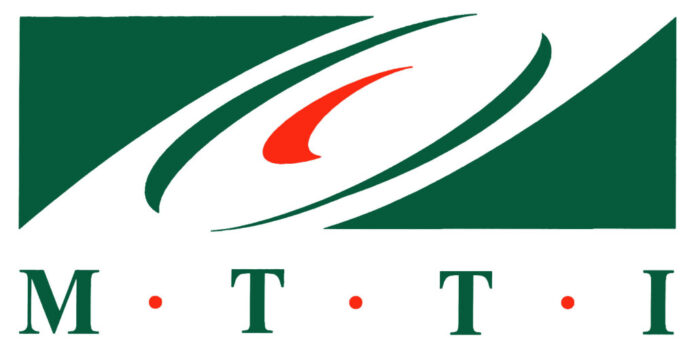WEST CHESTER, Pa.– Molecular Targeting Technologies, Inc. (MTTI) announce publication of their Spray technology in ACS Sensors, entitled “Near-Infrared Fluorogenic Spray for Rapid Tumor Sensing.” This article was highlighted in the American Chemical Society (ACS) Weekly PressPac*. MTTI’s Drs. Brian Gray and Chris Pak are co-authors and co-inventors of this technology.
Dr. John Chan, MD, Director of Gynecologic Oncology, Sutter Cancer Research Consortium said, “The accuracy of cancer surgery in detecting small volume disease is poor. This novel technology will help surgeons target cancerous lesions and decrease the operative time and number of biopsies of nonmalignant inflammatory tissues to avoid unnecessary complications.”
Dr. Adrian Leong, MBBS, M Med (Surgery), Director, Alliance Healthcare commented, “Curative cancer surgery requires the total removal of all cancerous tissue. It can be difficult to tell how far the tumor margins extend. The Spray technology specifically lights up cancerous tissue so it can be readily identified and removed during surgery. Successful application of this technique will be a boon to cancer surgeons.”
Dr. Brian Gray, Senior Vice President of Product Development at MTTI said, “Our sprayable, fast-acting, sensitive and tumor specific agent makes ovarian cancer tumors glow under near infrared light during surgery. It responds to the acidic tumor environment within minutes, letting the surgeon see more cancerous tissue, as small as 1 mm in diameter without the need for washing, making cancer debulking more precise, safer, improving outcomes and reducing recurrence.”
Reflecting on the 20,000 cases of epithelial ovarian cancer diagnosed in the US annually, Dr. Chris Pak, President & CEO of MTTI indicated, “This groundbreaking surgical spray builds on MTTI’s innovative legacy in targeted therapeutics and diagnostics. We’re pursuing its use in ovarian, oral, skin, esophageal and brain cancers, hopefully improving surgical outcomes, adding value to patients, surgeons and stakeholders.”


